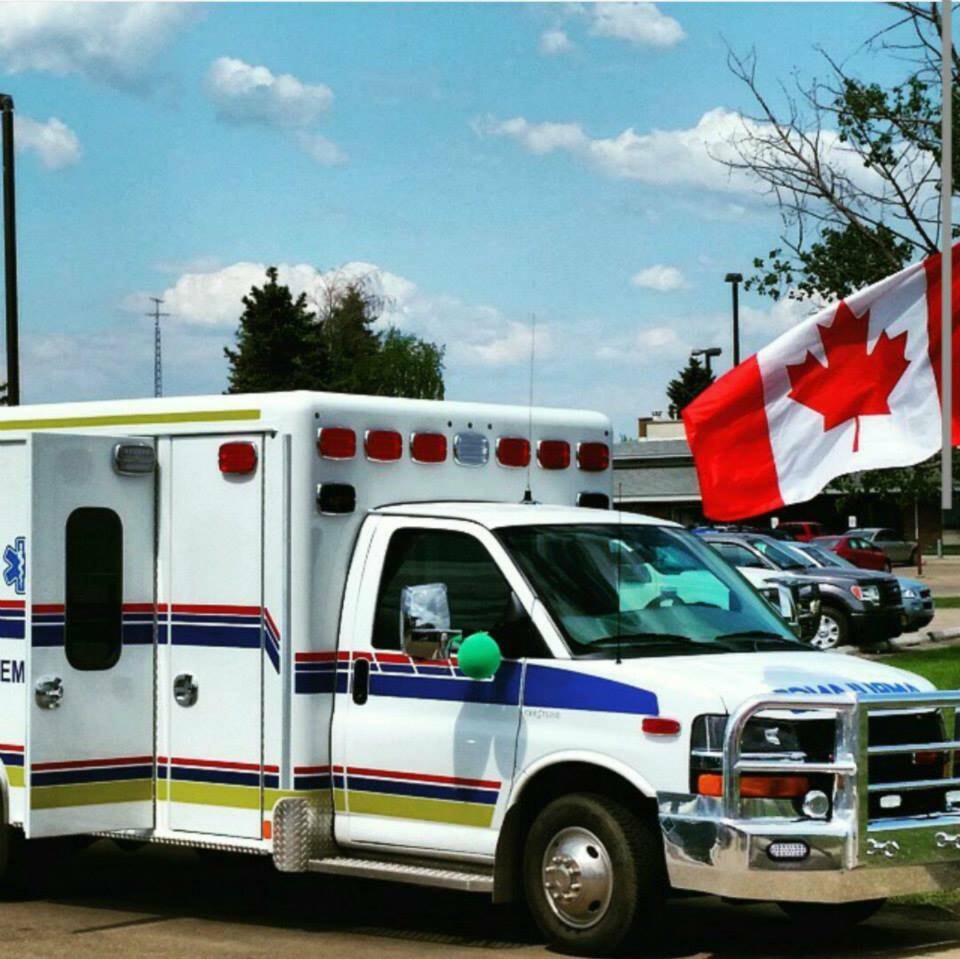Despite facing the usual industry challenges, Stettler and District Ambulance Association operations manager Linda Borg sees reason for optimism.
“Things are going well,” said Borg, in a recent interview.
Borg has cause to be optimistic for several reasons, the biggest of which is a recently signed contract extension between the ambulance service and Alberta Health Services (AHS), the provincial health care provider.
Not only did the contract extend the service provision for Stettler and area into 2024, Borg says that the extension provided the first funding increase to the service in a decade. While the current contract extension is more of a short-term bridge-type contract, Borg says that AHS is already looking into the future with five-year planning for the service.
As a result of the contract changes, Stettler has been able to move one of its two ambulances away from a core-flex model, where ambulance crews have several “core” hours they work, where they conduct unit checks and staff training, then essentially are on standby for the rest of the 24-hour period until called into action, to a 12-hour shift with separate day and night crews.
“That’s helping with retention,” said Borg.
Borg says that policy changes in AHS Emergency Medical Services have made a difference as well. Thanks to new ambulances on the road in urban centres and inter-facility transfer vehicles, which come as far as Stettler, the service has seen a subtle decrease in call volume.
Even when crews do head to the city for transfers, they are getting home quicker.
“There are new processes to get them home and make sure they get off on time,” said Borg.
As far as staffing goes, Borg says that there is not much turnover amongst the full-time staff but casual staffing continues to be a challenge.
“There’s a shortage of paramedics in the province,” said Borg.
“Primary Care Paramedics tend not to stay long.”
Borg also noted that it has been challenging to attract Advanced Care Paramedics as well. She attributes at least part of the problem to schools not putting out enough providers; recently Stettler District Ambulance Association and a number of other service providers from around the province submitted letters of support to the province requesting more funding for schools.
As for why casual staff don’t stick around, Borg attributes that to casuals being able to readily find full-time work elsewhere.
Equipment-wise, the new contract with AHS has allowed the service to order a pair of new ambulances, the first of which should arrive in September followed by the second in December.
The current primary ambulances each have over 400,000 kilometres on them.
“We’re fortunate that the (County of Stettler) mechanics have kept us running the way they have,” said Borg.
Another equipment item that the service is benefiting from is the decision by the province to equip all ambulances with power stretchers.
Stettler and District Ambulance Association have been running with power-stretchers for around five years thanks to extensive fundraising and support from the community, however, the province included the service in the program and cut the service a cheque for $172,000 to replace their equipment.
As part of the upcoming Paramedic Services Week festivities, which runs from May 21-27 across Canada, the staff and board members of Stettler and District Ambulance Association will be holding a barbecue and open house on May 27 from 1-4 p.m.
